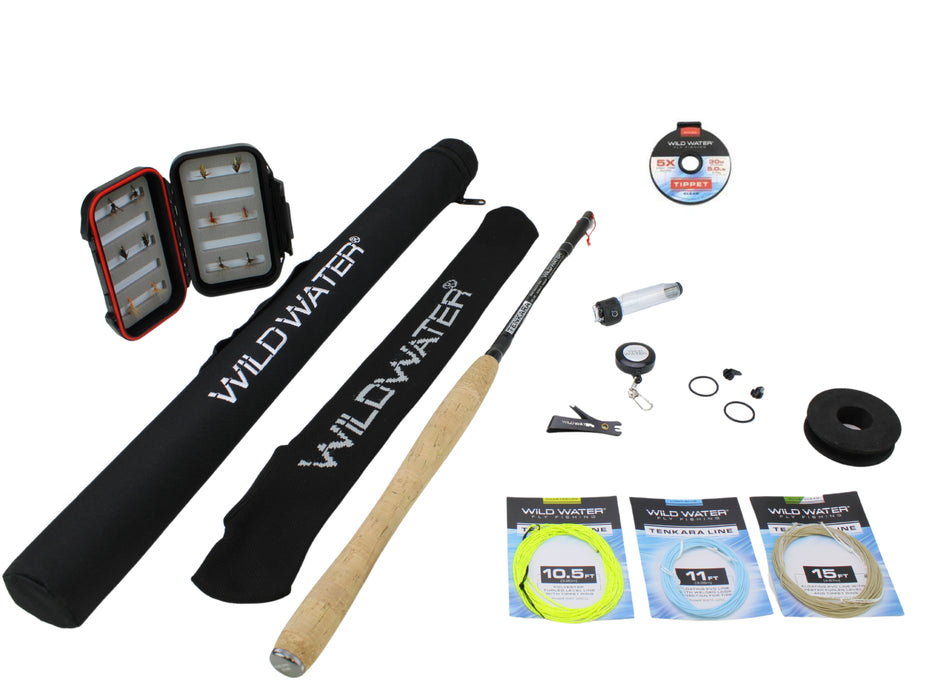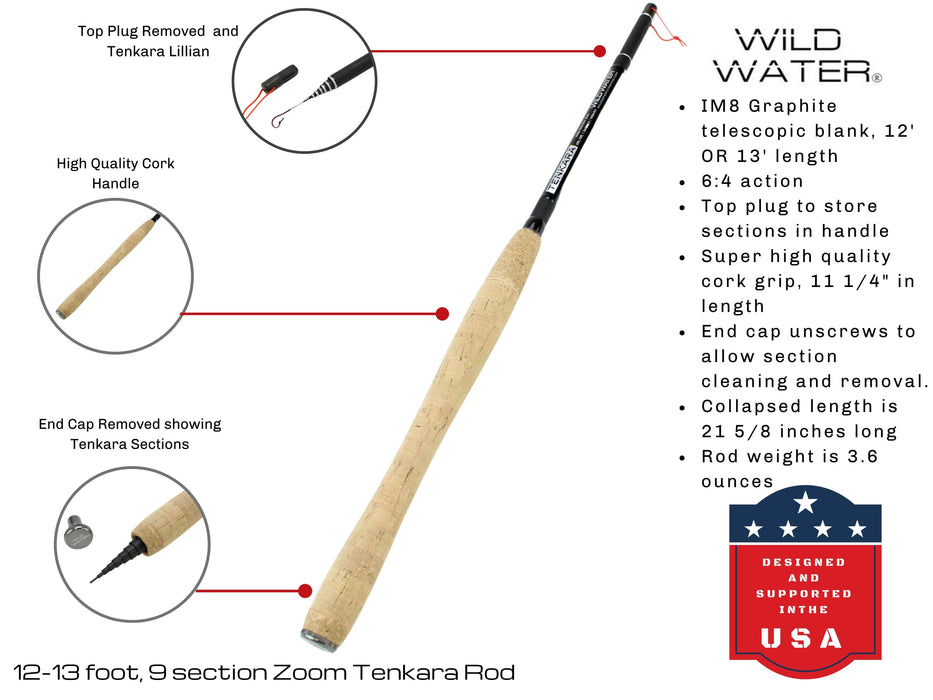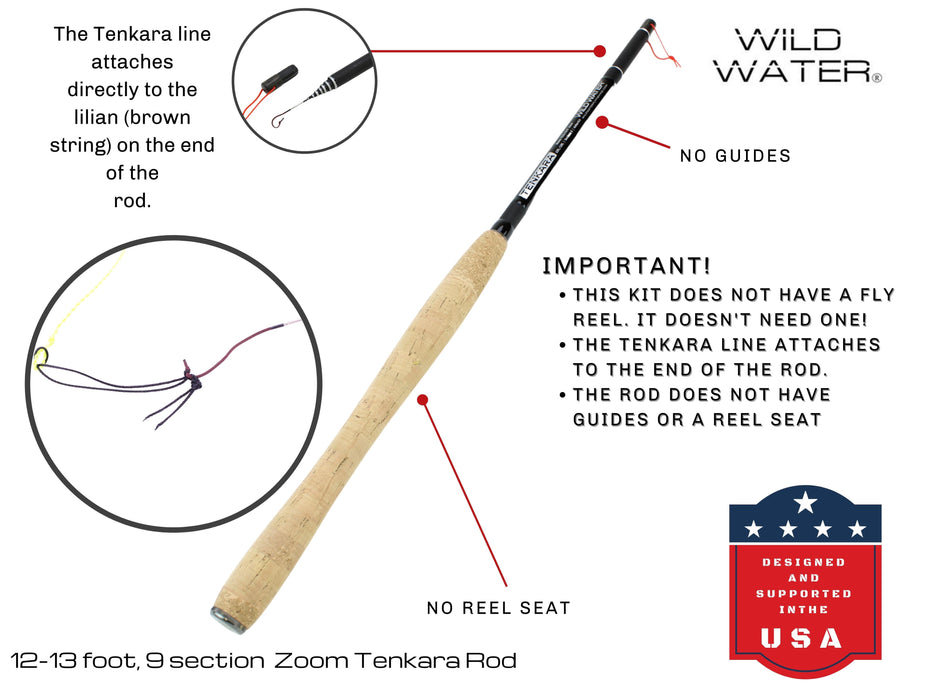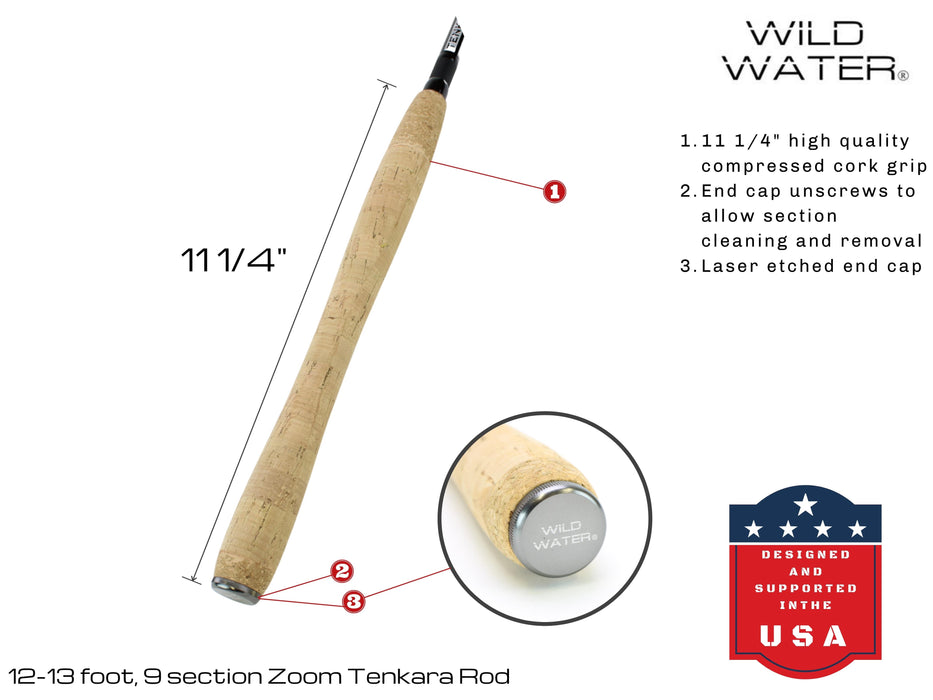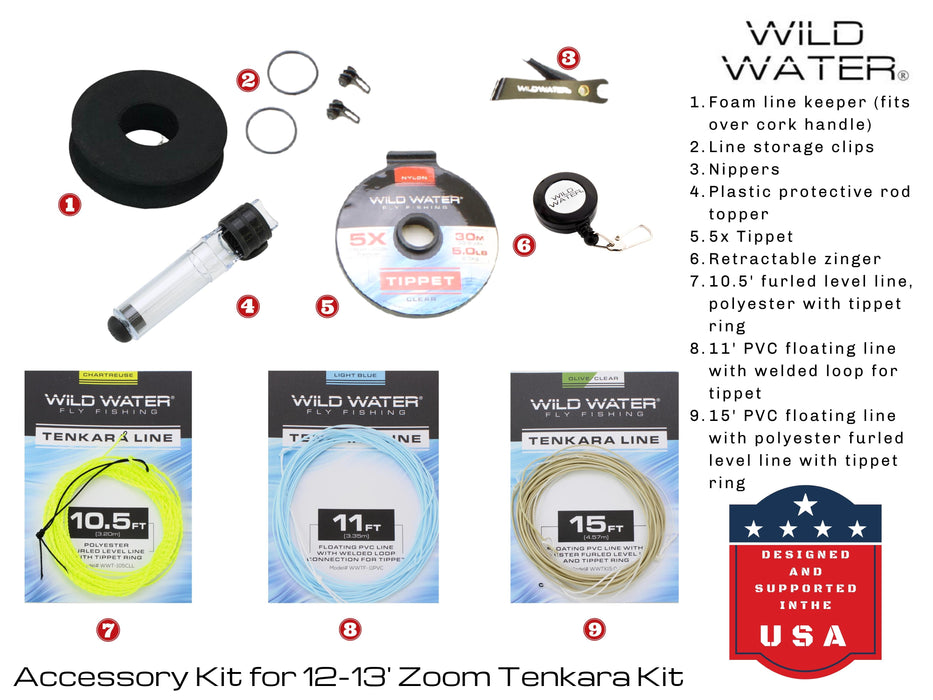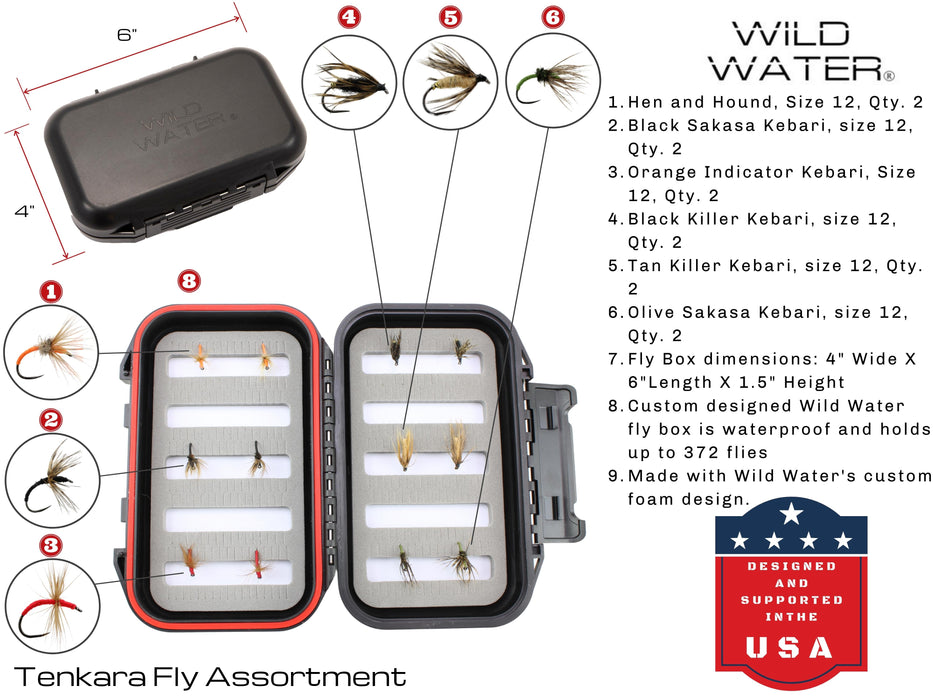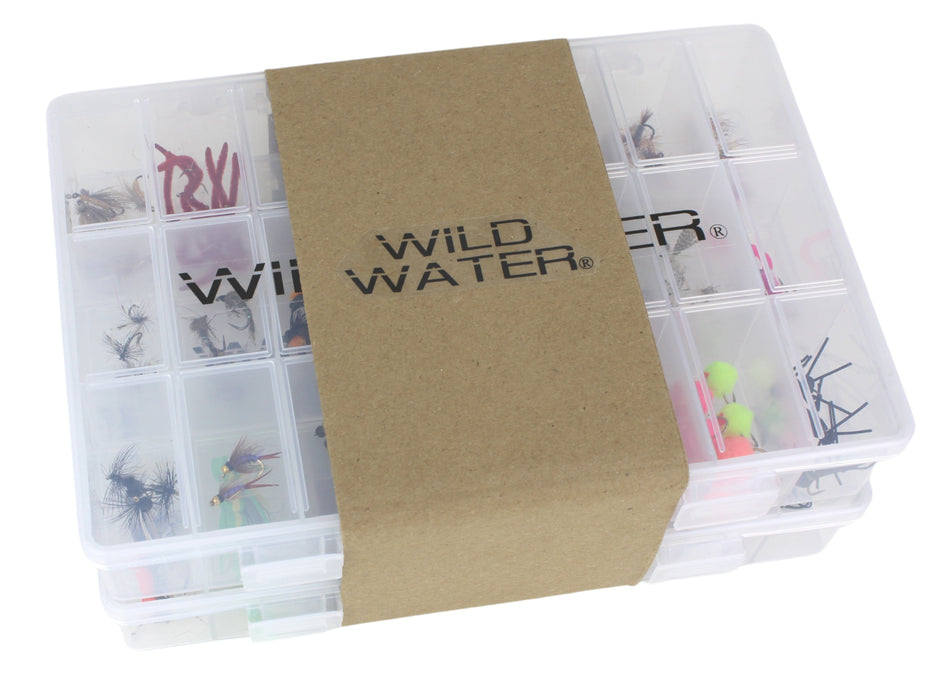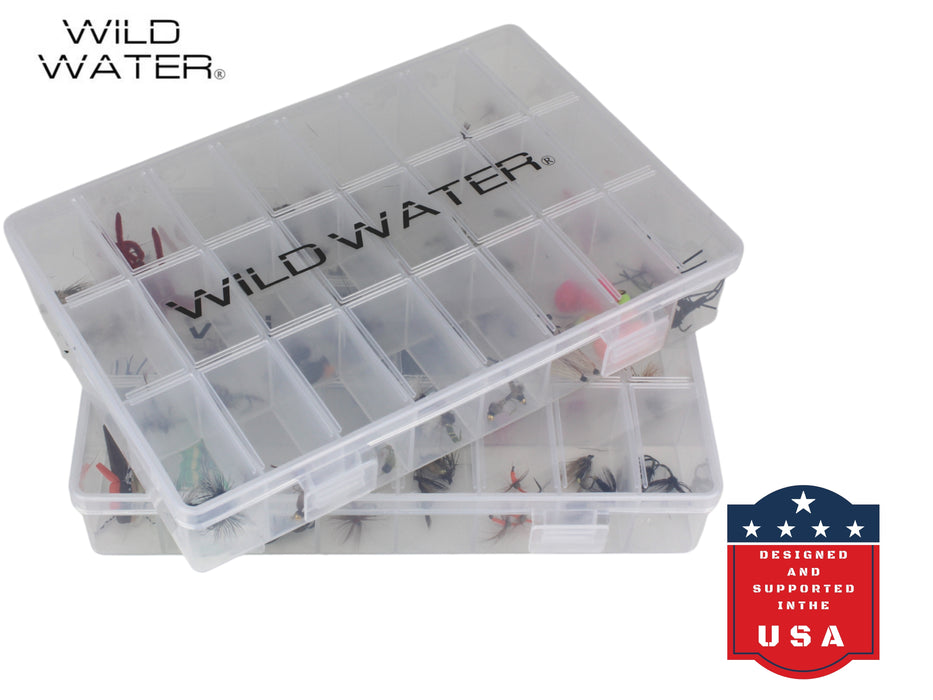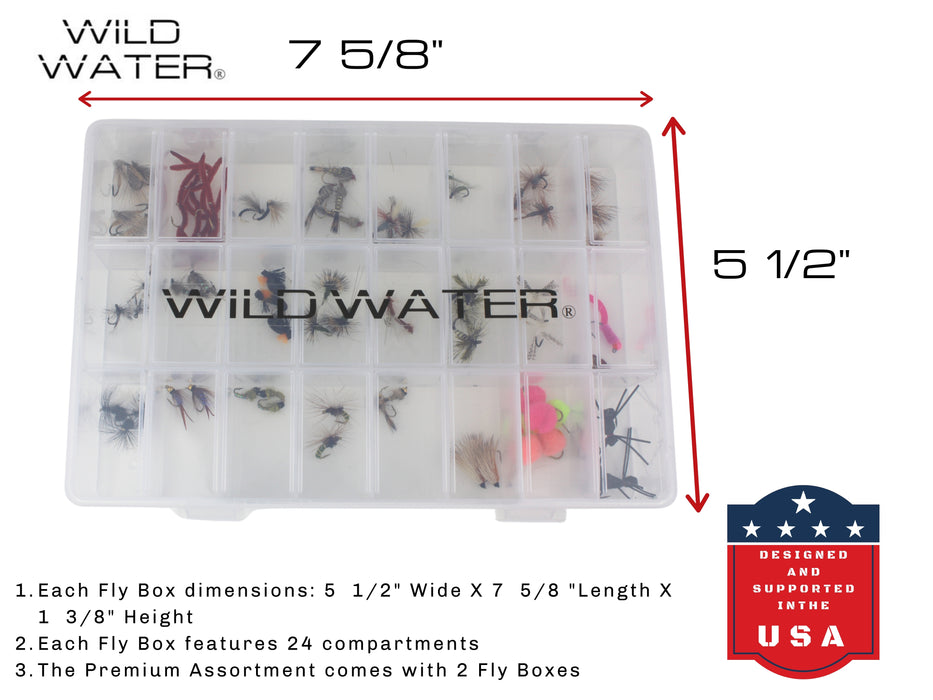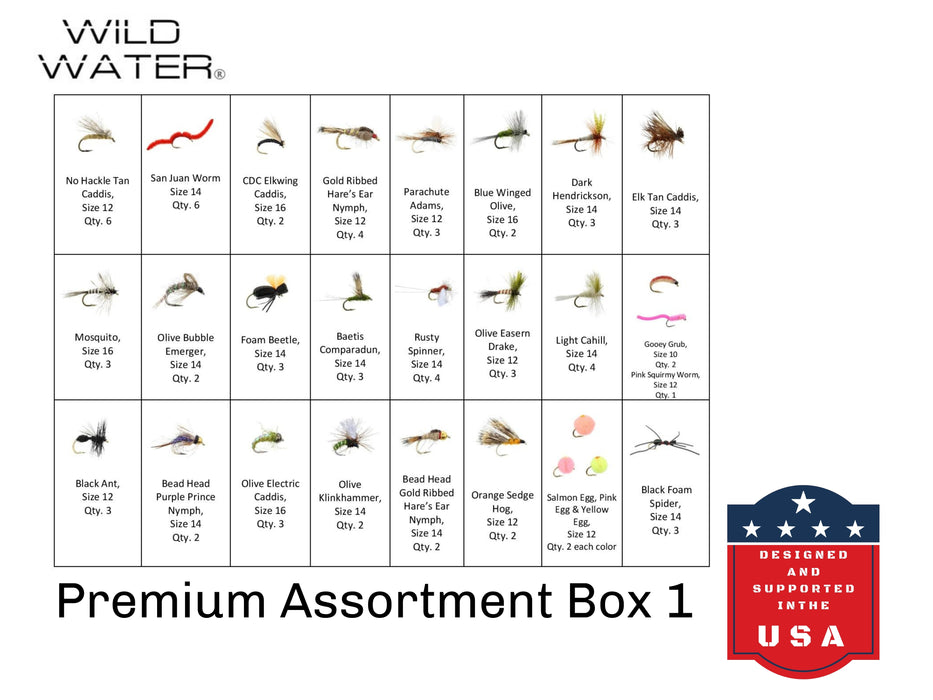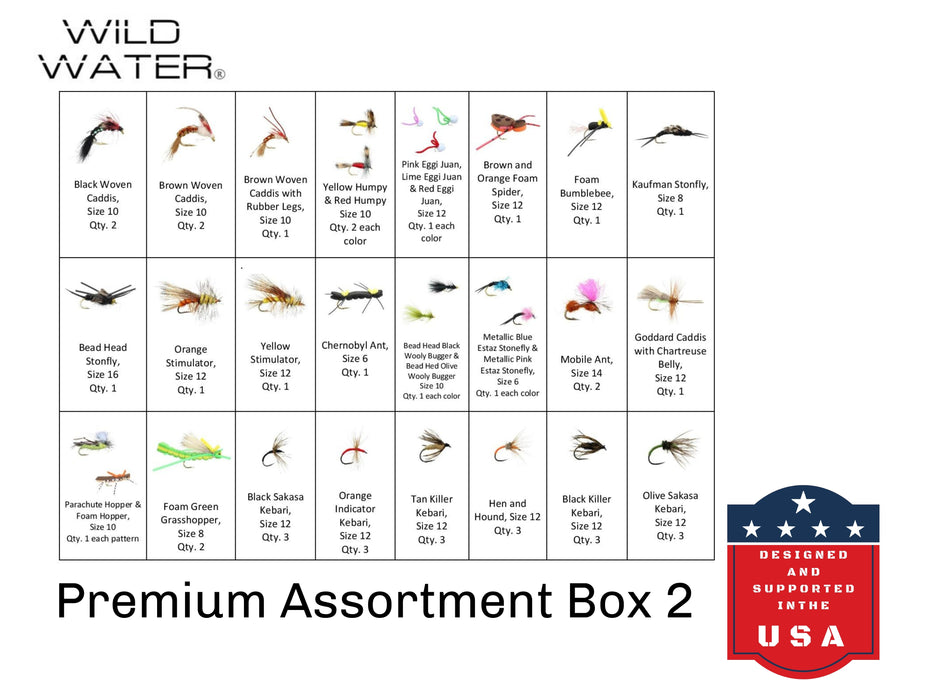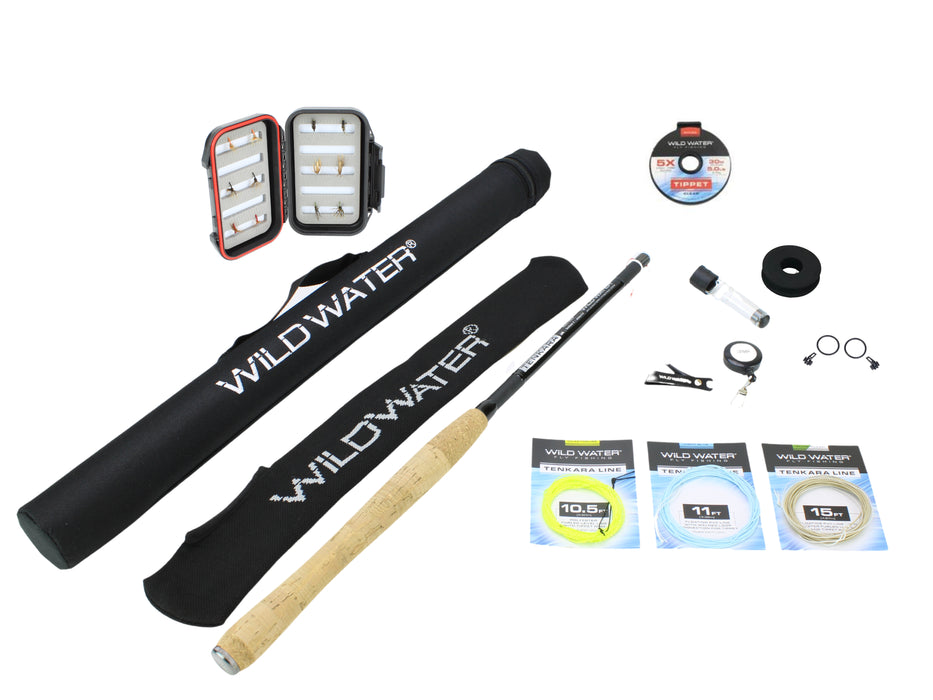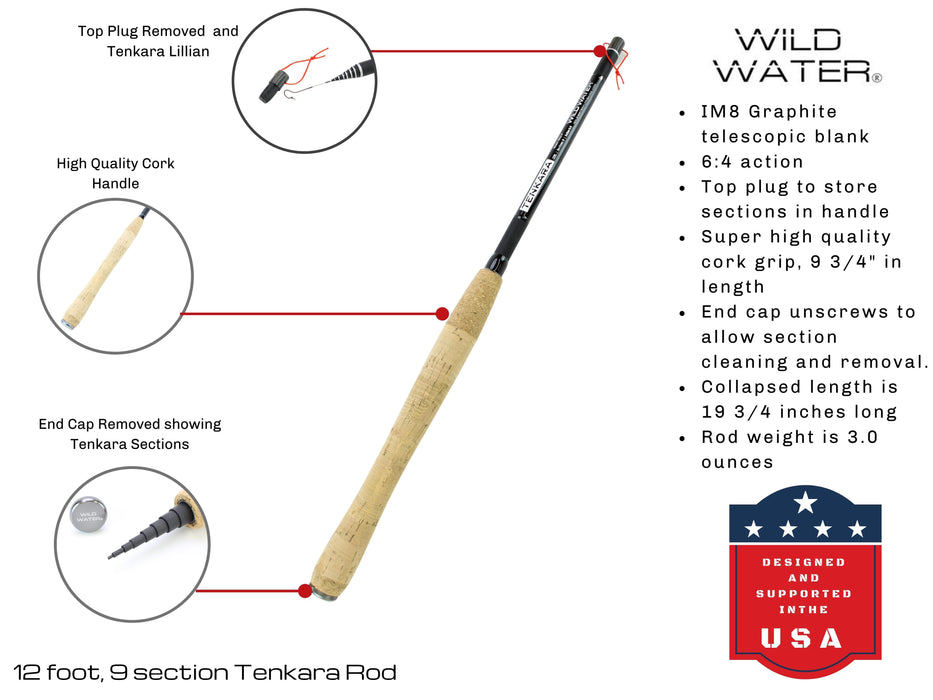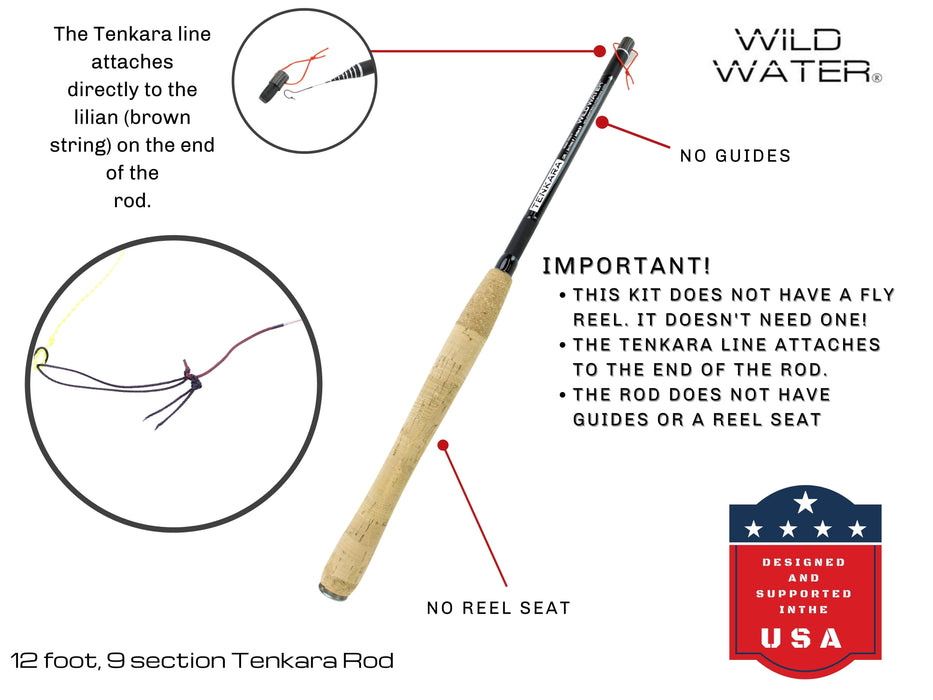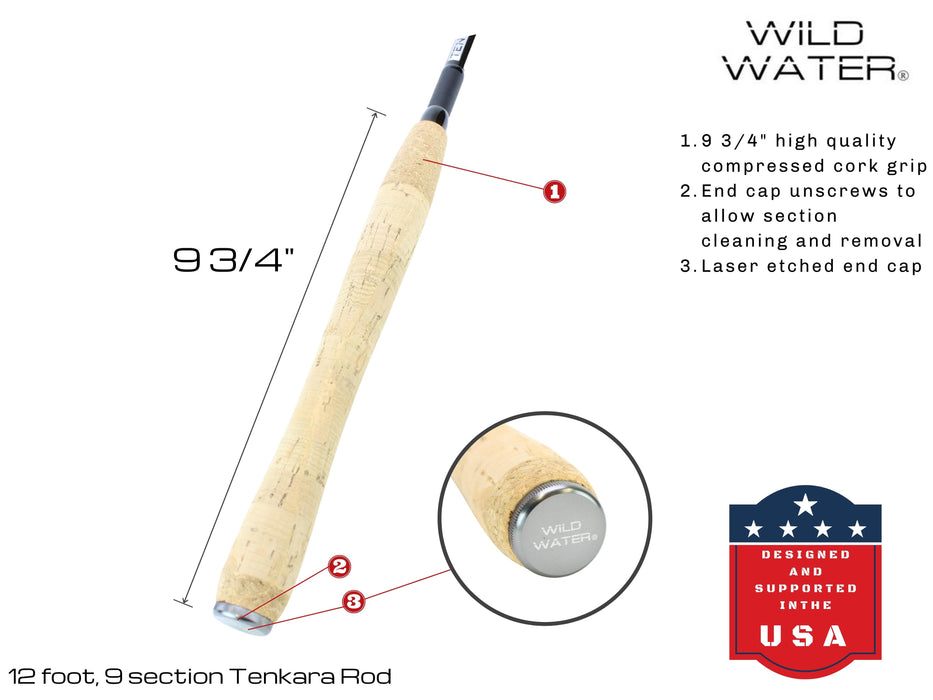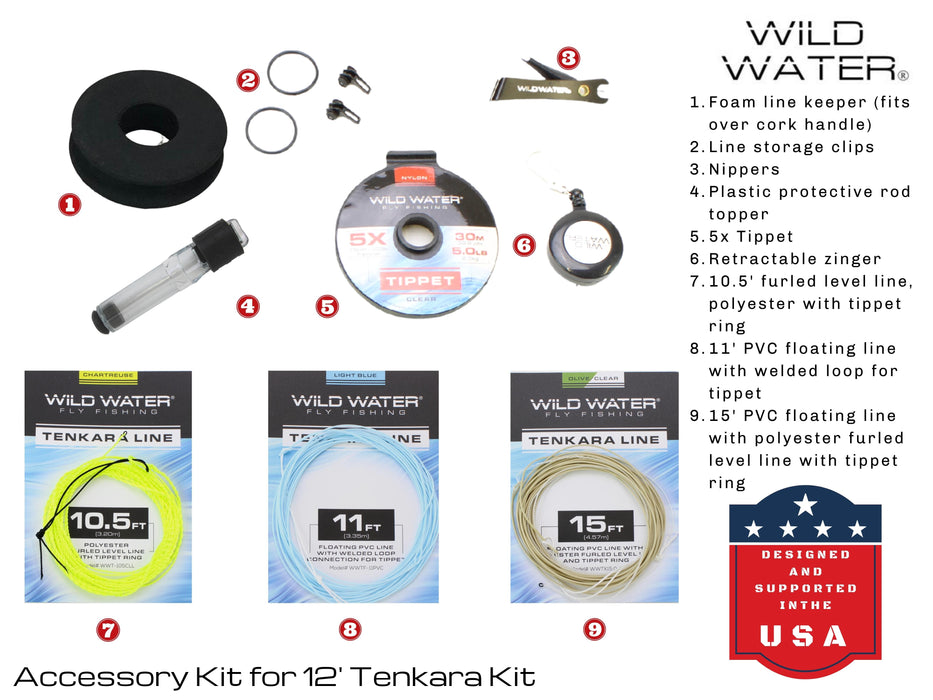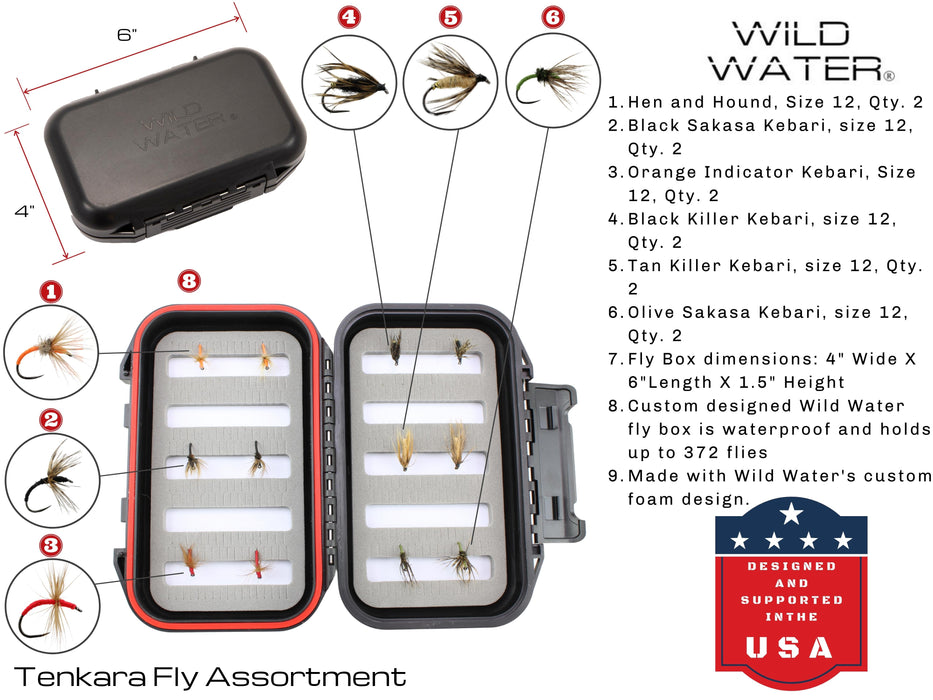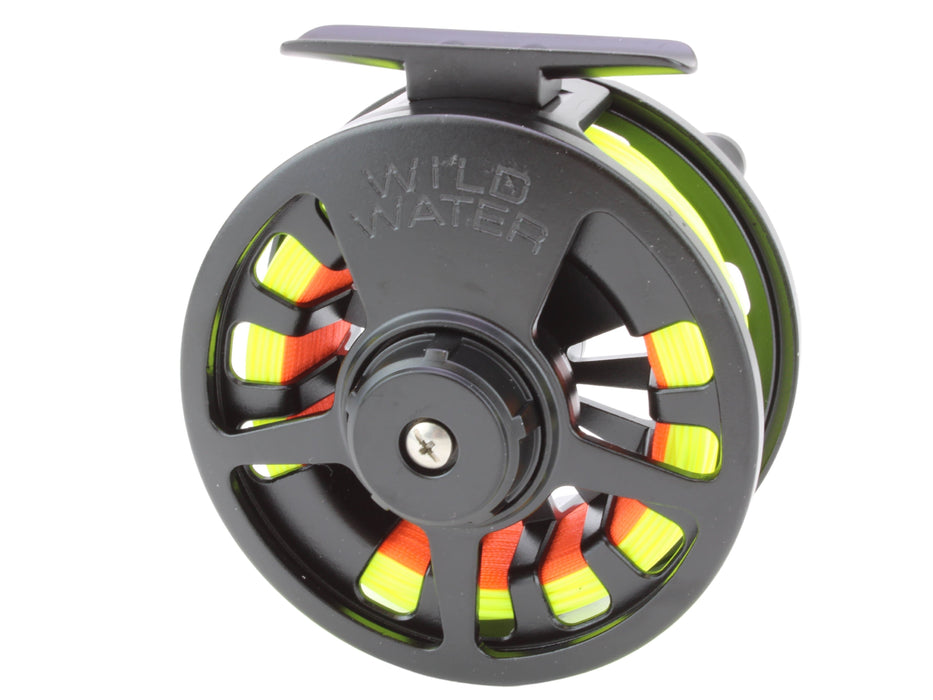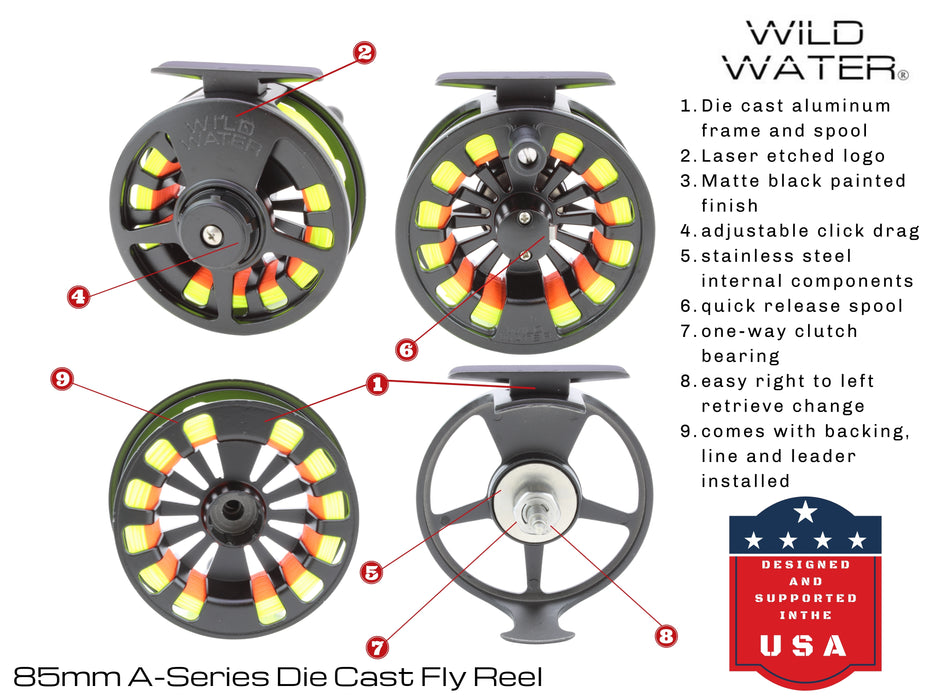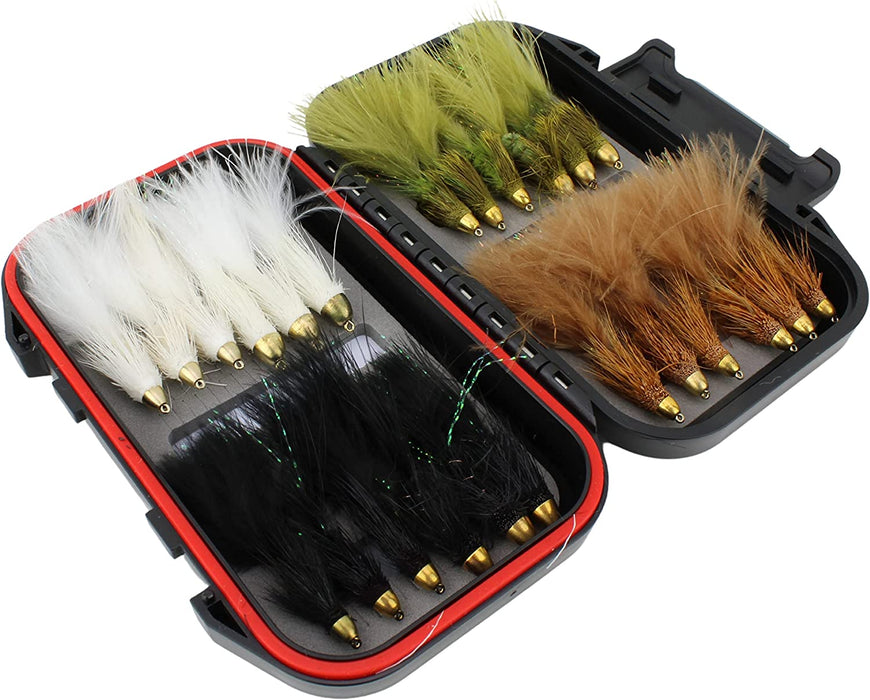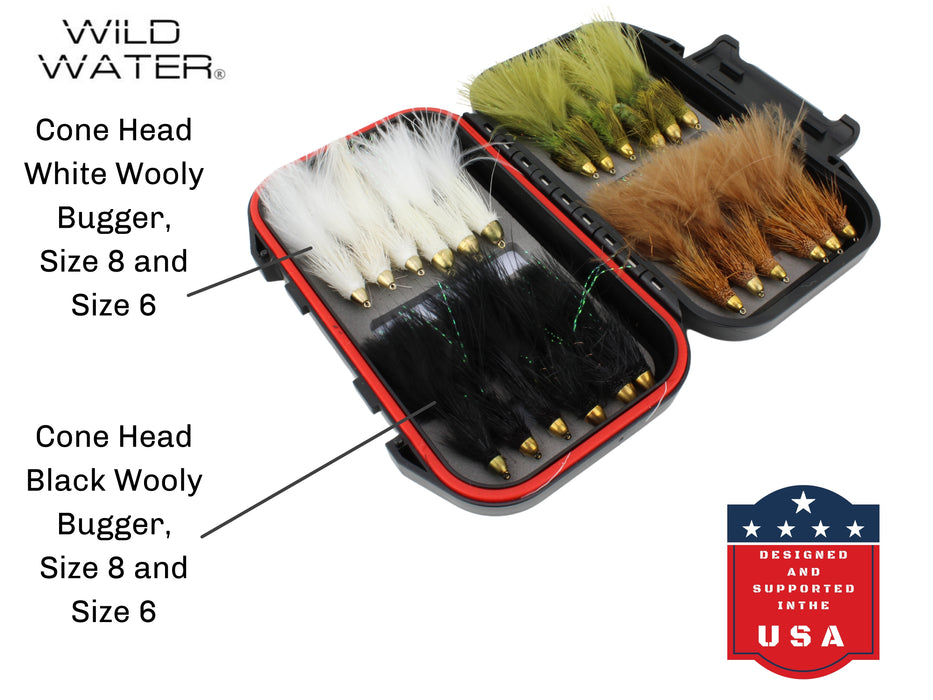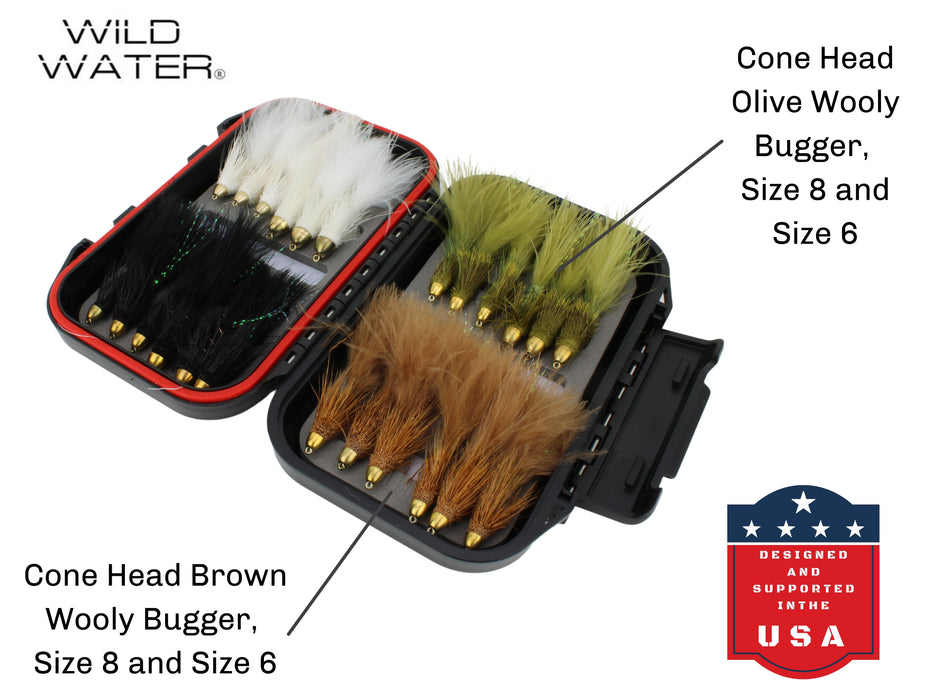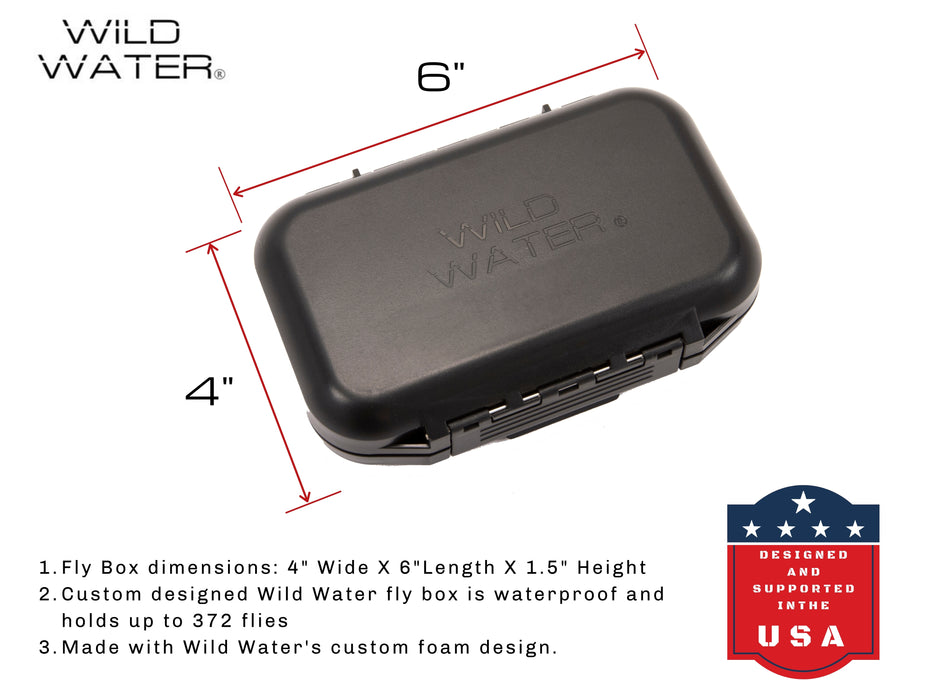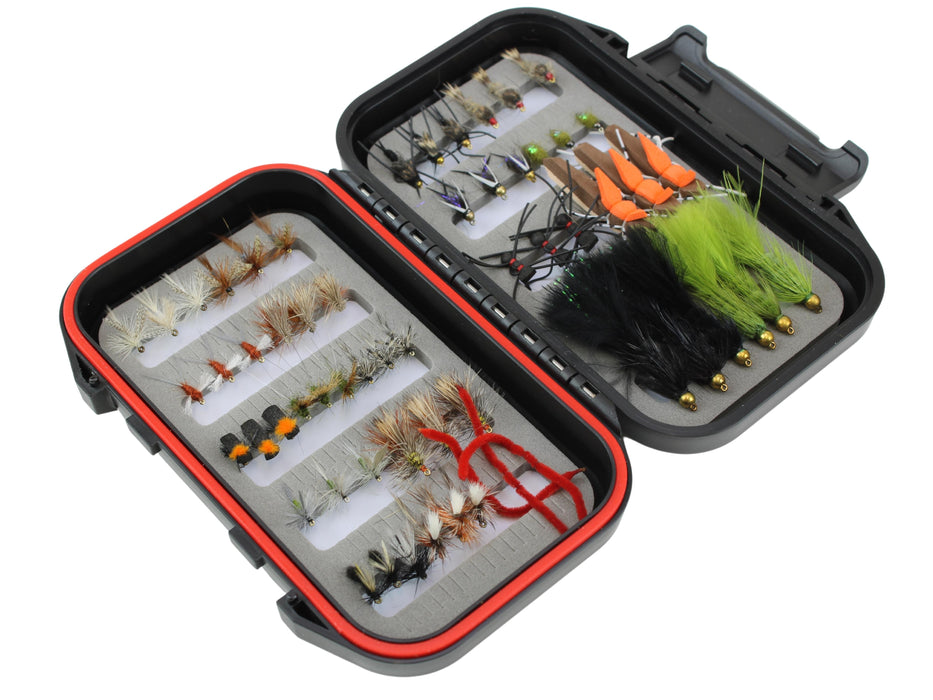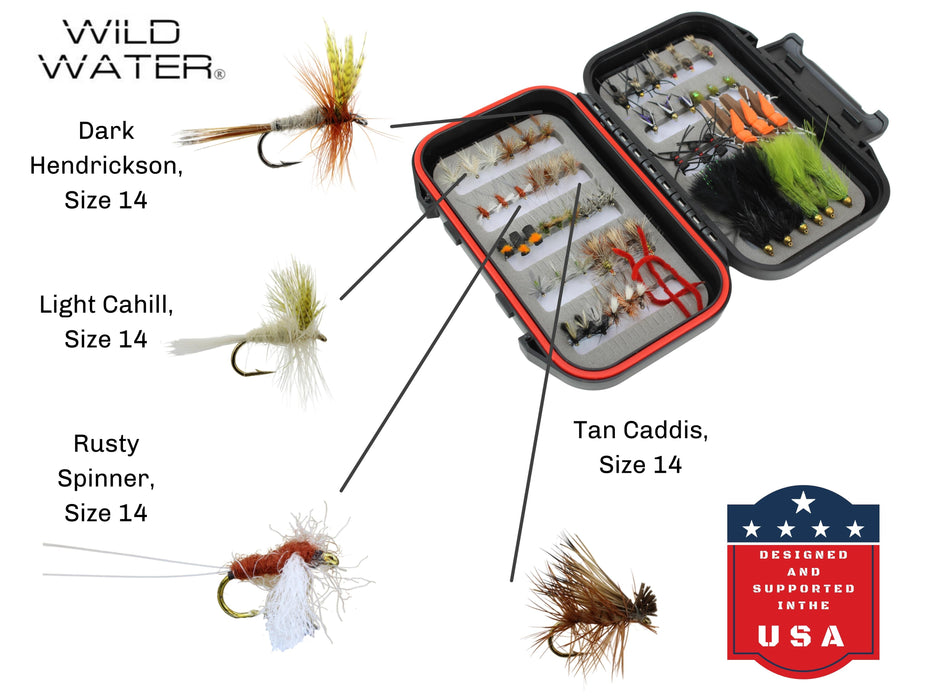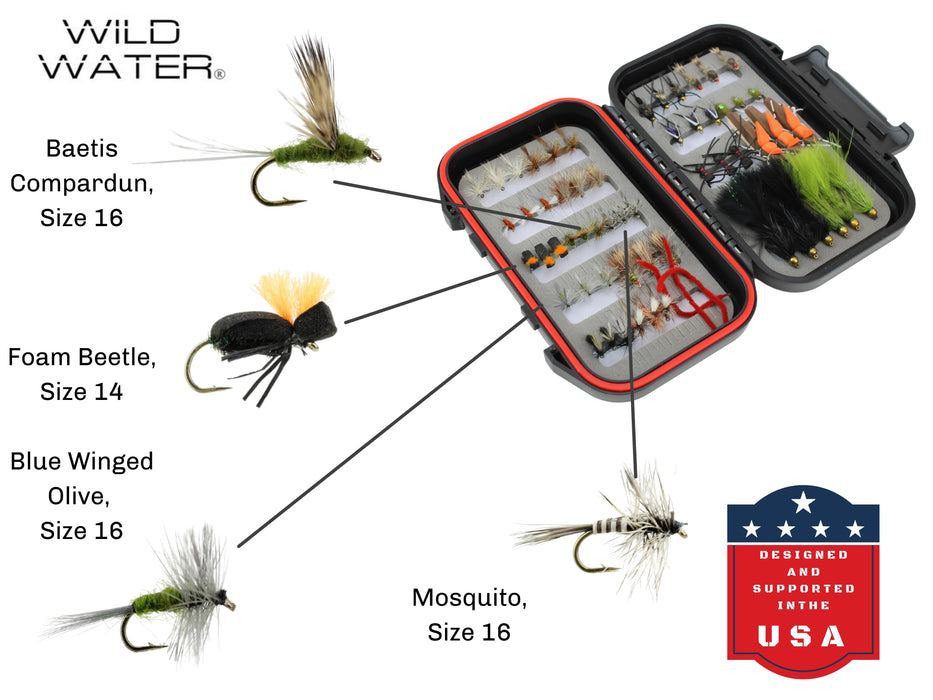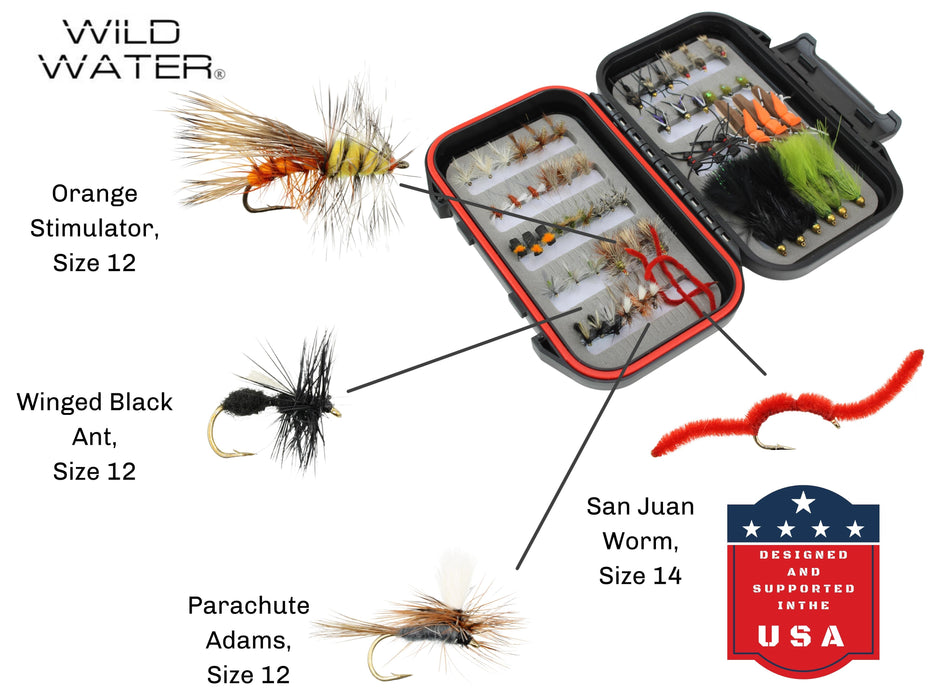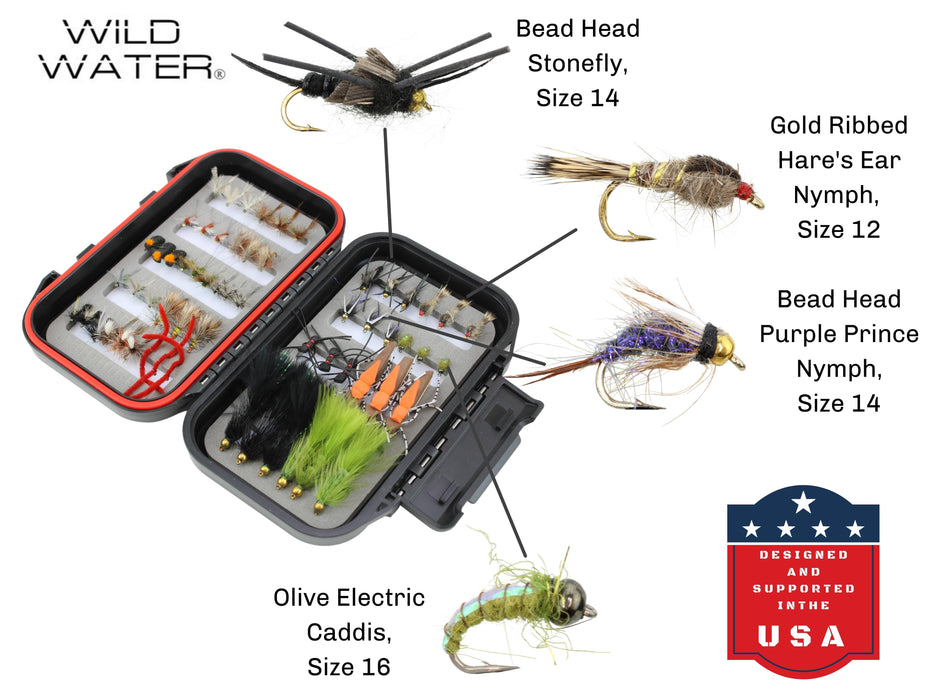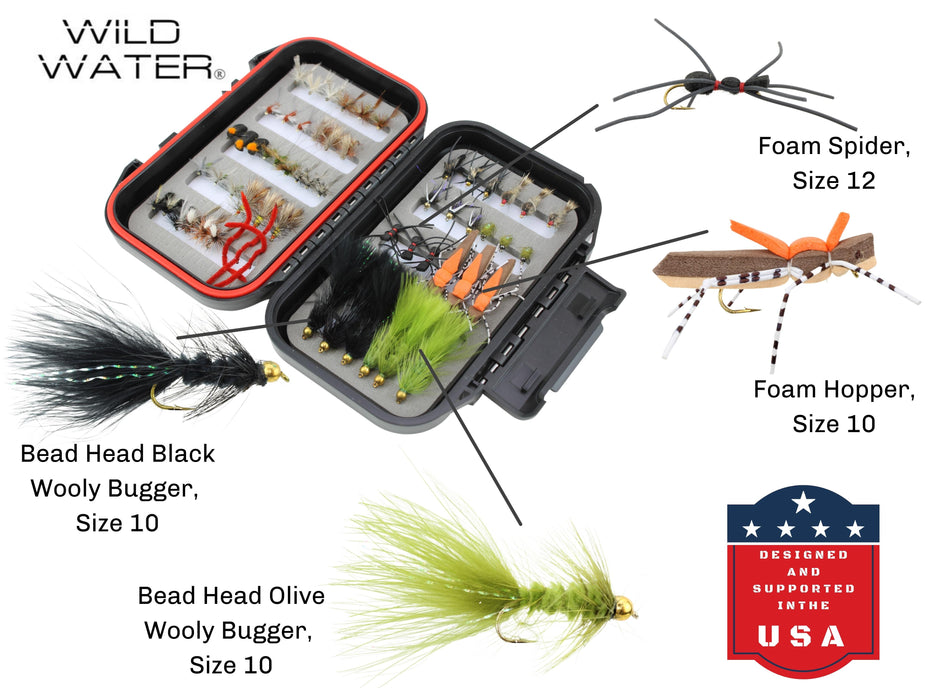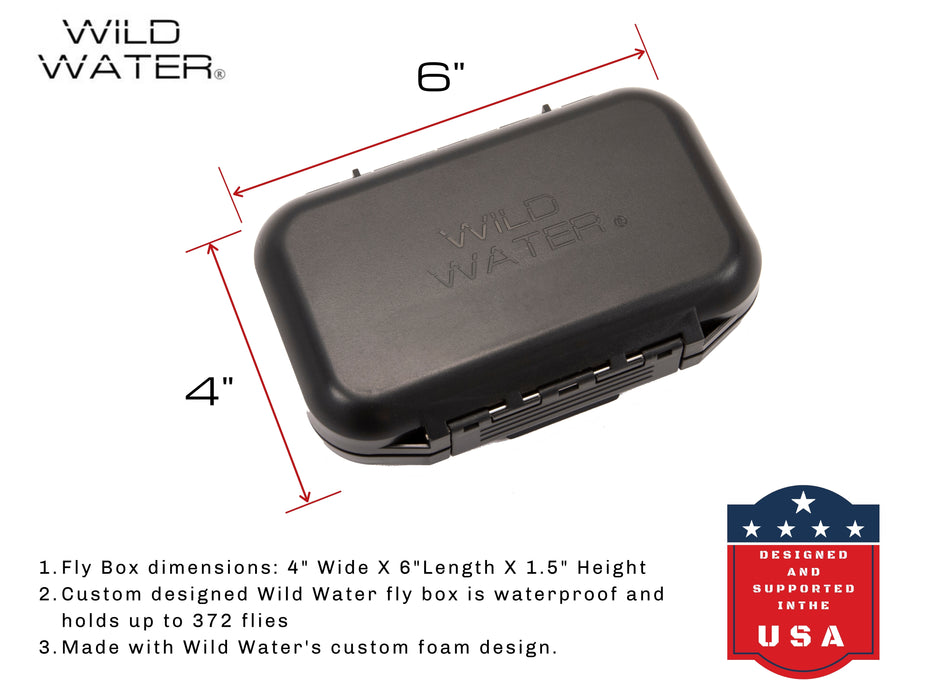Fly Fishing the Potomac River in Maryland
Maryland
Maryland typically isn’t brought up when people talk about fishing destinations. This could be because of its lack of size or the fact that it borders Pennsylvania which is known for having superb fishing because of its cold waters that hold trout and Lake Erie.
You’d be surprised at how much great fishing is in Maryland though. Not only is there great trout and bass fishing but bordering the Chesapeake Bay also allows for some good saltwater fishing too.
Fishing Maryland
Thanks to the Chesapeake Bay, the Eastern Shore of Maryland has some phenomenal saltwater fishing. Striped bass, or as locals call them, Rockfish, are one of the most sought-after gamefish. Not far behind is the red drum, flounder and speckled trout.
To the west you’ll find yourself in the hills and mountains. Located here will be some great trout streams. This includes native brook trout, and some spots even has some wild rainbow and brown populations. The Potomac River borders the Southern end of the state, and this holds a solid population of smallmouth as well.
Fly Fishing the Potomac
It was the middle of summer, and the humidity was oppressive. A wade trip on the Potomac sounded like the perfect plan to keep cool.
The water was moving a little fast from a recent rain but still had great visibility. It was my first time fly fishing bigger water and I wasn’t sure how the day would turn out. After all, I’d spent the entirety of spring chasing brook trout in headwater streams.
My background before this spring had been in conventional fishing. Chasing largemouth around small ponds and larger local lakes. So, I wasn’t sure what to throw, but my instincts were telling me to tie on a crawfish pattern.
Since I was wading, I knew I’d be limited in terms of fishing spots. The good news was that when I got there, I found a large stretch of the river was wadable and there were plenty of boulders for fish to hide behind and get out of the current.
I stood on the bank and threw my fly upstream into the current. I tried giving it small strips and ticks, but the current was too fast, so I settled on letting it drift naturally past the boulders that jut out of the water.
It took some practice to get my fly out where out needed to be. I was used to throwing size 16-18 parachute adams so the crawfish felt more like a baseball attached to the end of my line.
I worked my fly in and around the boulders that I could reach from shore, and when I felt I needed to cool off I worked my way into the water. The current was moving faster than I had anticipated so I worked with caution.
I shuffled my feet along the bottom until I was thigh deep. I reset my stance to shoulder width and threw out upstream again. The current imposed its will on my fly, and I watched as it danced in the water until it disappeared.
I raised my rod to trout set. Luckily, I had heavy mono tied on, so my line didn’t snap (a lesson I learned on a later trip). The fish fought and pulled in the current making the tip of my rod bounce.
I stripped in large lengths of fly line and as pulled my net out it made one final push back into the current and the river.
It tired after this run and I was able to net it. At the time it was my trophy, but really it might’ve been just over a foot. A smallmouth I’d be more than happy to land today, but at the time I was amazed at how a fish only a foot long fought the way it did.
I released it back into the water and it shot forward to the exact spot it came from. Right into some nice slack water behind a boulder.
The rest of the afternoon was spent using the same method of fishing. Casting upstream and allowing my crawfish to drift naturally past any piece of structure I could find.
Most fish were in that foot long range and each one seemed to fight harder than the last.
It was a day that opened my eyes to the world of smallmouth fishing and is what spurned my passion for chasing these fish.
It also shows that sometimes fishing simply is the best and most successful way of doing it.

